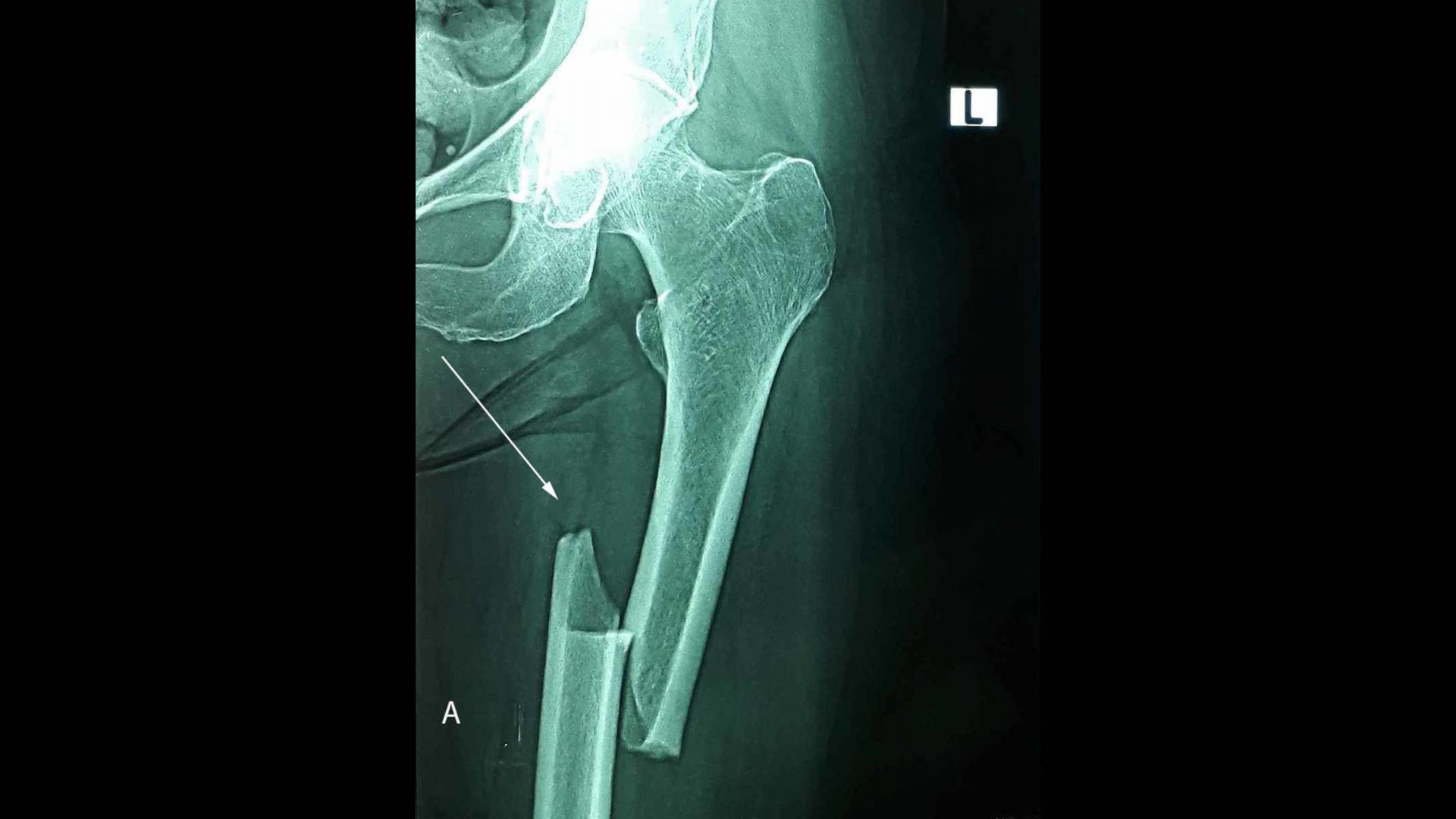Valerie Peck, MD, is a recognized expert in osteoporosis and metabolic bone diseases. Here, she discusses the evidence for bisphosphonates in the treatment of osteoporosis, the need for provider education about atypical femoral fractures, and strategies the clinic is pursuing to advance both detection and prevention.
Benefits and Risks of Bisphosphonates
Physician Focus: Bisphosphonates are often recommended as a first-line treatment for postmenopausal osteoporosis, although there is controversy regarding the association between bisphosphonate use and atypical femoral fractures. Any updates regarding the benefits versus risks of bisphosphonates?
Dr. Peck: After the earliest case reports on bisphosphonate-related atypical femoral fractures back in 2007, we began assessing a series of these patients and have been following them since that time.
Atypical femoral fractures were always uncommon, but today the number of patients presenting with atypical fractures is markedly decreased.
Essentially, there are two clinical scenarios of concern. Some patients receive bisphosphonate therapy for too long, and should stop, while other high-risk patients should continue to receive therapy, and choose to stop.
Balancing Prevention and Detection
Physician Focus: How do we find a balance between the detection of atypical femoral fractures and prevention of vertebral, nonvertebral, and hip fractures?
Dr. Peck: For most patients, the reduction in vertebral, nonvertebral, and hip fracture risk greatly outweighs atypical fracture risk. However, as the duration of bisphosphonate therapy increases, the risk of atypical fractures also increases.
If too many patients discontinue bisphosphonate therapy, we may see a reverse trend with an increase in the number of regular fractures.
The majority of clinicians agree that drug holidays are beneficial for many patients. Typically, after three to five years of therapy, clinicians should reevaluate fracture risk by measuring bone densities and reassessing risk factors, and determine whether to continue the drug.
“After three to five years of therapy, clinicians should reevaluate fracture risk by measuring bone densities and reassessing risk factors, and determine whether to continue the drug.”
Valerie Peck, MD
Guideline Recommendations
Physician Focus: Are there clinical practice guideline recommendations to inform the optimal duration of bisphosphonate therapy?
Dr. Peck: Currently there are clinical management recommendations but not a consistent clinical guideline. Within these recommendations, each patient’s duration of therapy needs to be individualized.
Our current research is focused on populations at higher risk for atypical femoral fractures, including those who are younger and more active, Asian populations, and those with certain femur geometries. Genetics is also a relevant risk factor, and research studies are underway.
In patients at high risk for fracture, longer-term bisphosphonate therapy may be indicated. In many of these cases, switching to an anabolic agent or another therapy is more appropriate.
Optimizing Strategies for Detection
Physician Focus: What are your recommendations for the detection of atypical fractures in patients on long-term bisphosphonate therapy?
Dr. Peck: If a patient has been on bisphosphonate therapy for five years or longer, and they are going to continue therapy, or switch to another antiresorptive drug, clinicians should assess for early signs of atypical femoral fracture.
Initially, we detect these early incomplete fractures using X-ray imaging of the femur, where a very astute radiologist can detect early signs of focal cortical thickening.
More recently, using a DXA [dual-energy X-ray absorptiometry] scanner with the most up-to-date software, we’ve been able to scan the full length of the femur to assess for early signs of cortical thickening.
“Using a DXA [dual-energy X-ray absorptiometry] scanner with the most up-to-date software, we’ve been able to scan the full length of the femur to assess for early signs of cortical thickening.”
Valerie Peck, MD
In this way, we can detect early incomplete atypical fractures when patients come to clinic for routine bone densities. The software is only available at some of our sites, but is a unique feature of NYU Langone Health’s osteoporosis unit. The availability of DXA machines with this new software could allow for both prevention of complete atypical fractures and greater individualization of treatment, resulting in great benefit for patients.
Additional Resources
Physician Focus: Where can readers learn more about the early detection of atypical fractures for patients on bisphosphonate therapy?
Dr. Peck: If readers want to learn more, I’d refer them to the 2019 International Society for Clinical Densitometry Official Position. I was involved in the development of these recommendations as a member of the working group.






